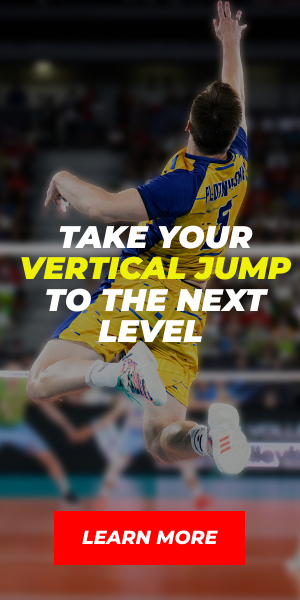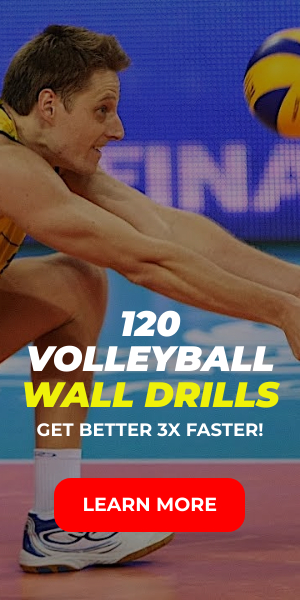Absolute synchronization between the body and mind of the players, coupled with dynamic team coordination and reading the opponents are the key skills to make a great volleyball player.
The following seven tips can help you to achieve these goals consistently with continuous improvement.
1. Improve your physical fitness
Sprint running for 40-50 yards at your maximum speed for 15 minutes with 30 seconds break helps you to improve physical stamina and endurance.
Dumbbell snatch, overhead-triceps, single-head-RDL, dumbbell-squat, shoulder and leg stretches, and overhead press are some of the regular workouts for volleyball players that can increase your muscle strength for serving, returning, and playing to your full potential.
Jump-rope is one way of strengthening the upper and lower body muscles as well as increasing cardiovascular health.
A combination of a single foot, two feet, and a crossover for two minutes can be helpful.
2. Practicing Serve
Balancing of right and left feet to your body’s center of gravity is very important. Learn how to balance the stance while serving.
The other key parameters are feet direction and space, target focus, arm swing, ball tossing angle calculation of air-resistance (if any) and angle of serve.
The practice of serving types like underhand, floater, jump, and topspin can help to improve the “ace” serve.
3. Perfecting Passes
Locking of elbows, shoulder and arm position, and balancing of body postures while passing are critical for maturing into a responsible player.
Concentration development for watching the serving height, ball trajectory and speed, team member position, and the ball float is the most important aspect of improving team coordination and developing into a dependable player.
4. Try slow-motion training
Slow-motion training can help you to increase the awareness and agility of your mind on the volleyball court.
It can shape you into a fast-paced player who can be prepared for the dynamic role (passing, spiking, bumping, and volleying, etc.
It can help you to increase team coordination and watching the opponents’ movements during the game.
5. Learning to Block
Jumping, ball handling, shoulder, arm and hand positioning, and ball watching are the most critical parts for practicing ball blocking.
Training for the proper position of fingers and wrists, court penetration, and body posture while blocking can help you to become an efficient player.
6. Training on Power Hits
Shoulder and arm exercises like dumbbell arm swing, military-press, and pushups can help to practice power hitting.
On-court practices of spiking, returning, and power-hitting are some of the exercises that can help to improve into a point winning player.
In order to do that, you will to get yourself a good volleyball portable net to practice at your backyard to massively improve your skills as a volleyball player.
7. Dynamic Position Shifting
To be an efficient volleyball player, it is important to practice playing from all the positions from being a right-side hitter, setter; middle blocker, opposite and outside hitter to being a Libero.
It is a great way to be able to think from all positions for improving individual skills and team coordination to perfection.
Conclusion
Consistency in listening, understanding, analyzing, and coordinating with a team can help you to improve your skills massively.
Make sure you follow the coach and your fitness/nutrition expert unconditionally in all the aspects.





